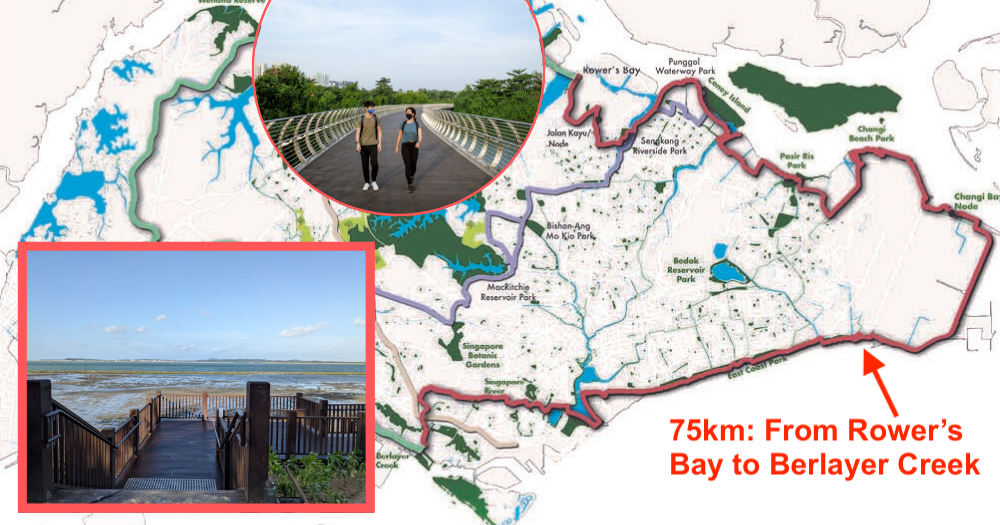Follow us on Telegram for the latest updates: https://t.me/mothershipsg
The eastern half of the Round Island Route is now open to the public.
Spanning a total of 75km, the recreation connection stretches from Rower's Bay Park at Seletar, through Sengkang Riverside Park, to Changi Bay and East Coast Park, past the Singapore River to the Berlayer Creek near Labrador Park.
Here's the map of the entire 150km Round Island Route, with the now-open eastern route indicated in red.
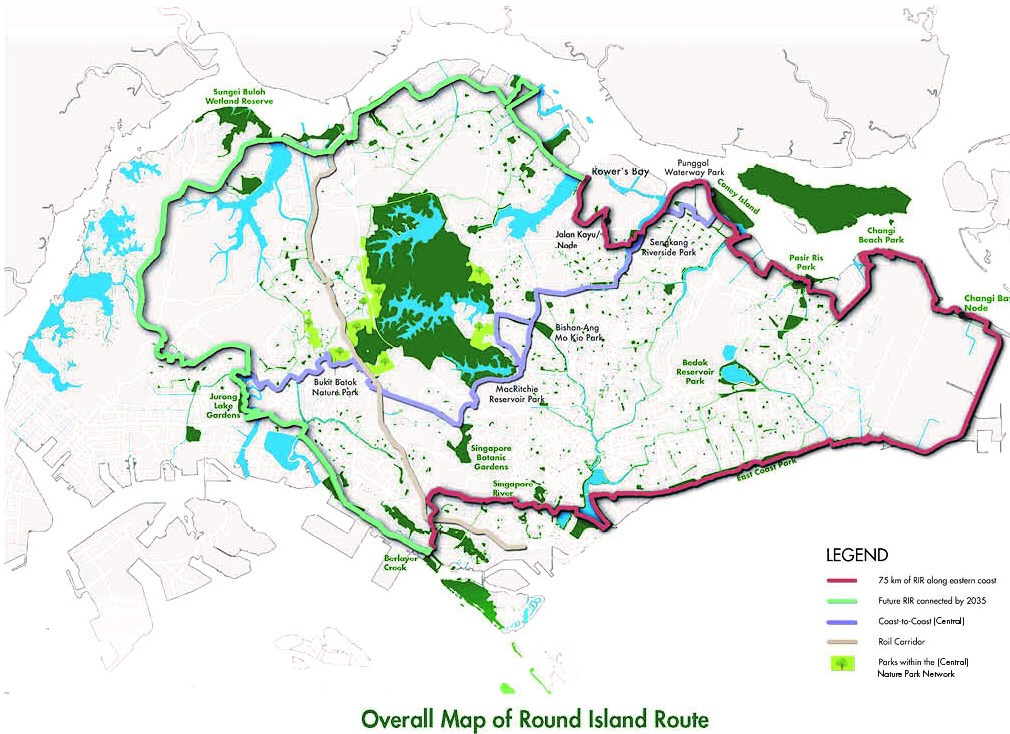 Map by NParks.
Map by NParks.
When completed, the 150km Round Island Route will be the longest recreational connection that loops the island.
This is part of the National Parks Board's (NParks) overall plans to curate a 360km island-wide network of recreational routes by 2035.
Key features along the eastern half of Round Island Route
New nodes have been added along the route at Changi Bay Point, Sengkang Riverside Park and Jalan Kayu.
These nodes serve as rest points for those who use the Round Island Route, and you can find shelters with solar-powered charging points, bicycle parking lots and toilets over there.
One of the shelters along the eastern half of Round Island Route where visitors can rest and enjoy the scenic view along Changi coast:
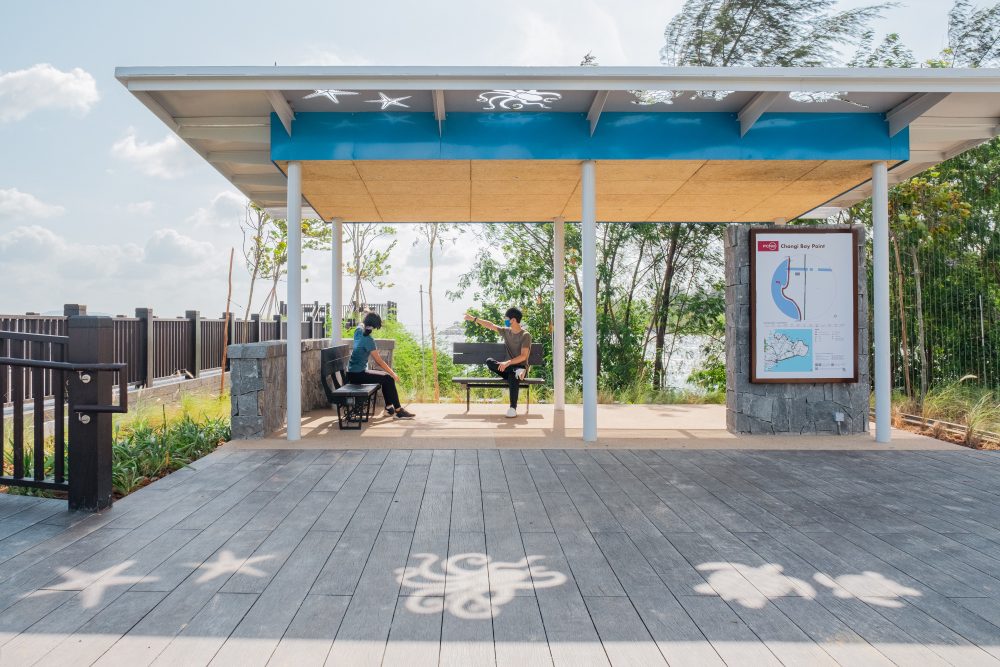 Photo by NParks.
Photo by NParks.
Boardwalk and lookout points at Changi Bay Point:
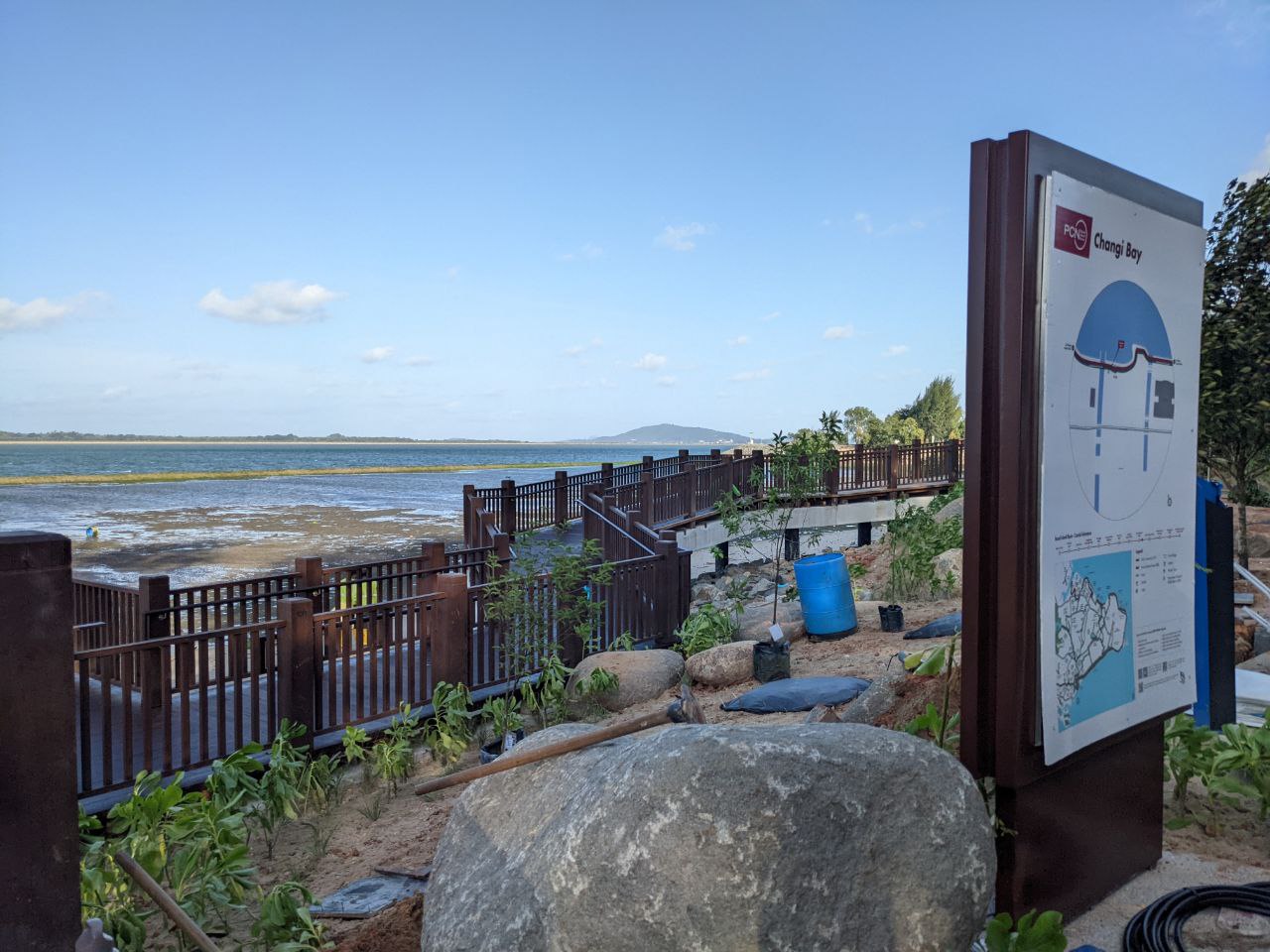 Photo by Kow Zi Shan.
Photo by Kow Zi Shan.
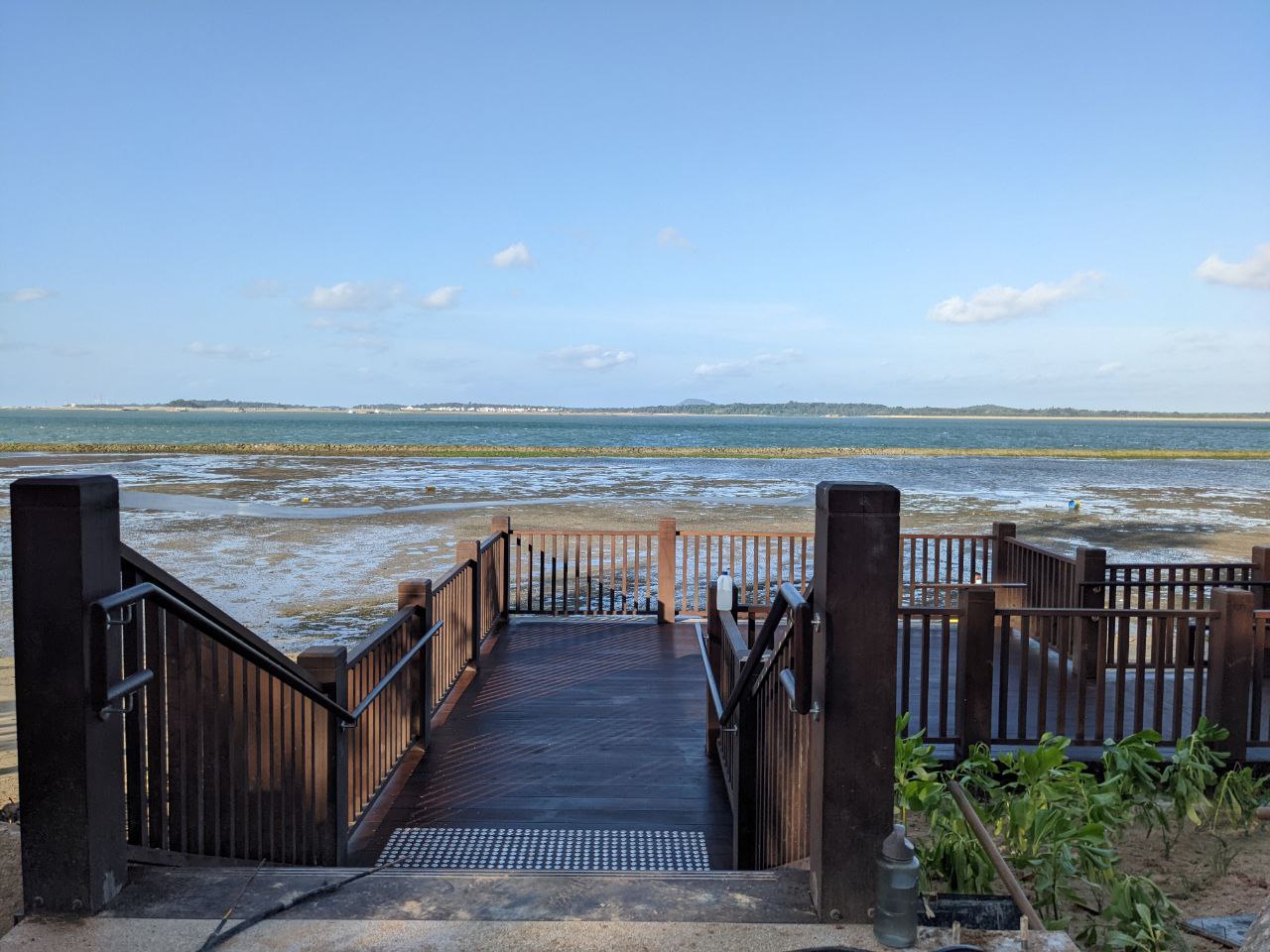 Photo by Kow Zi Shan.
Photo by Kow Zi Shan.
Try spotting these concrete marine tiles that were placed along the coast to provide microhabitats for marine creatures like crabs, snails and starfish.
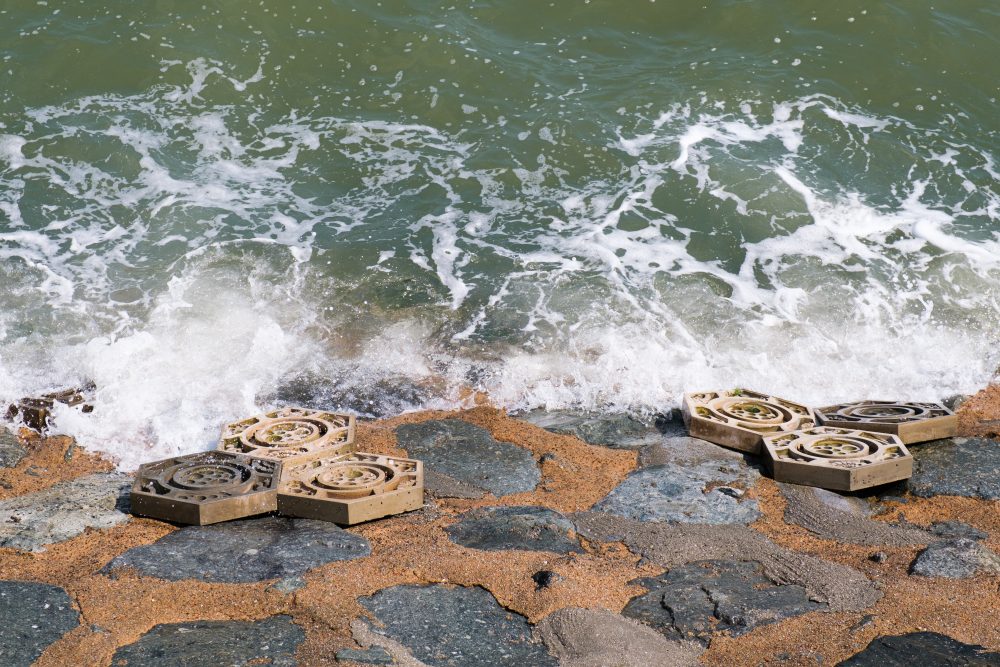 Photo by NParks.
Photo by NParks.
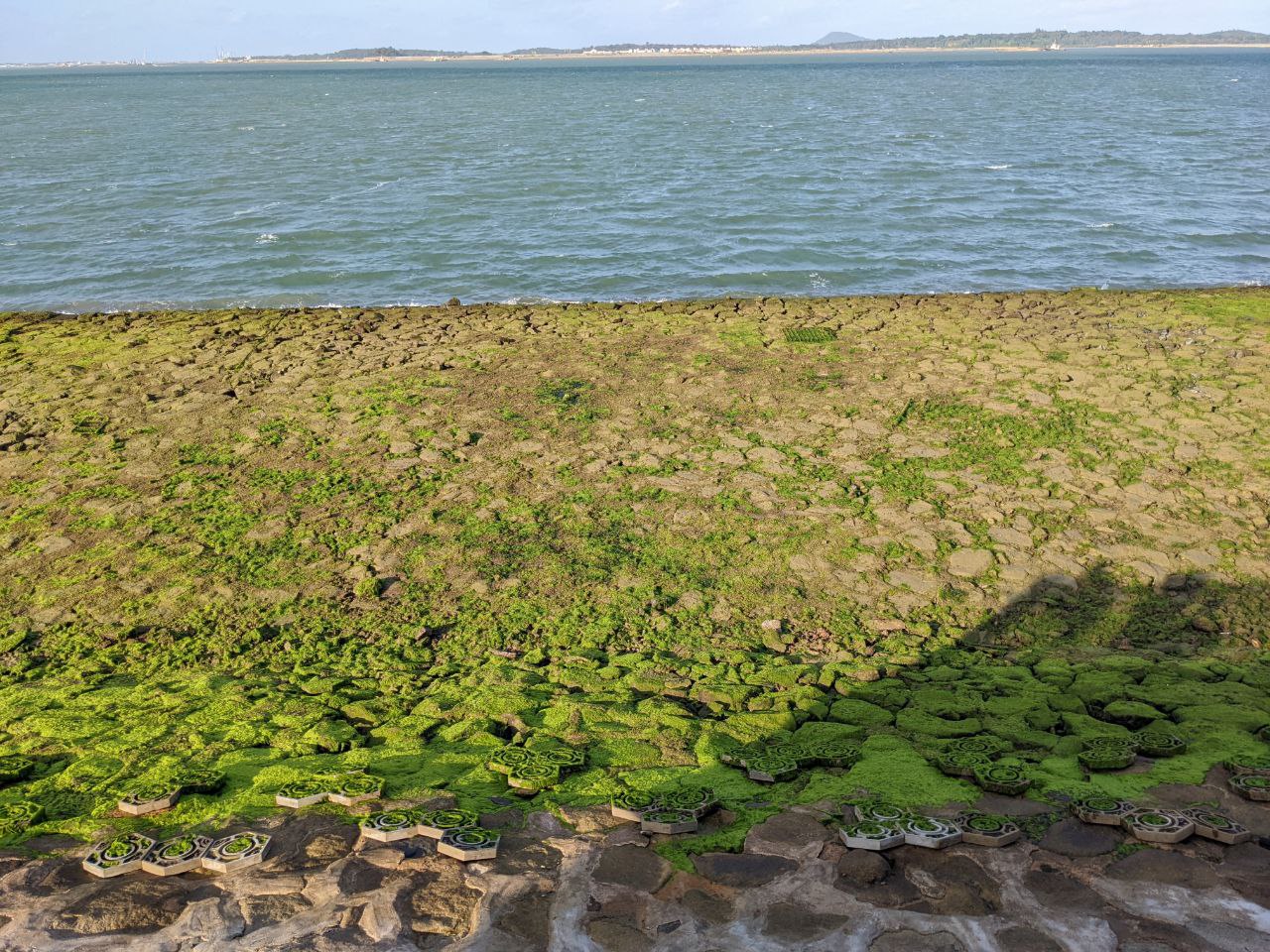 Photo by Kow Zi Shan.
Photo by Kow Zi Shan.
Here's the Sengkang Bridge connecting Sengkang Riverside Park on both banks of Sungei Punggol:
It is the largest bridge across a canal, designed for shared use, with a span of 290m and 5.5m in width.
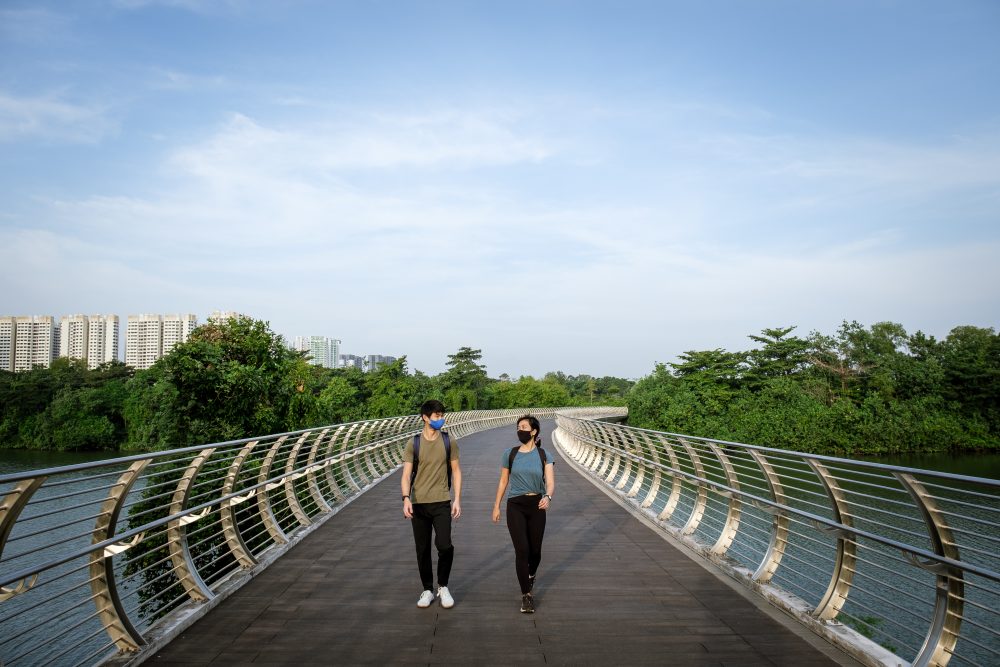 Photo by NParks.
Photo by NParks.
The Jalan Kayu node is in between Rower's Bay and Sengkang Riverside Park.
Over there, you can find an upcoming food and beverage outlet, seats and toilets.
You can also go off the route to visit the nearby black and white houses.
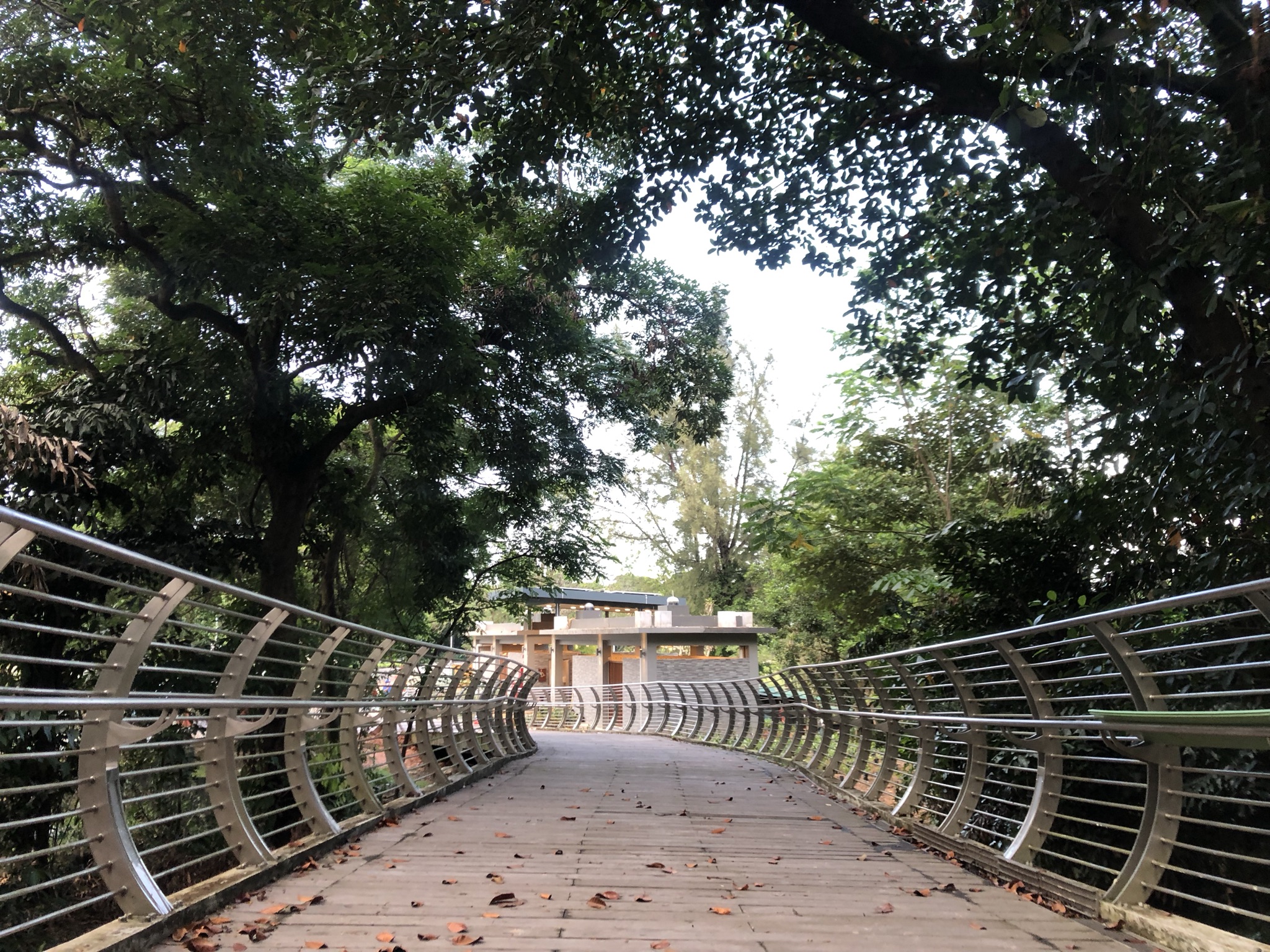 Photo by NParks.
Photo by NParks.
Wildlife that can be spotted along the route
Those with keen eyes can try to look out for some of these wild residents along the route:
Brahminy kite
The Brahminy Kite is a medium-sized raptor found throughout Southeast Asia. It is also a common resident in Singapore.
The adults have a distinctive appearance with their white head, nape and chest contrasting with a chestnut-coloured body.
Here's a really suave individual:
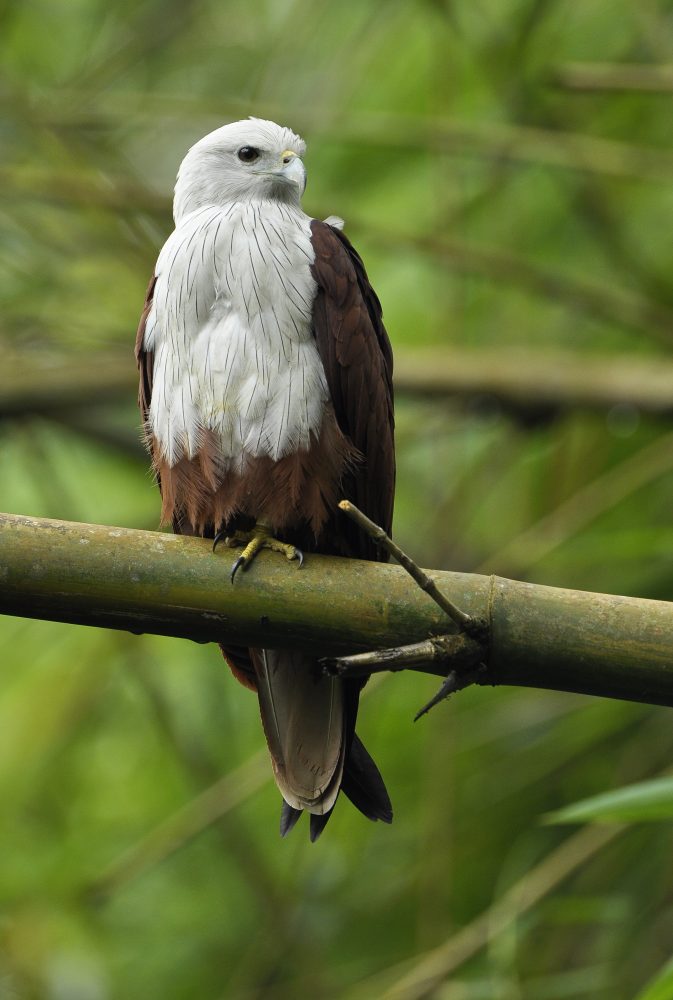 Photo by Mendis Tan for NParks Flora Fauna Web.
Photo by Mendis Tan for NParks Flora Fauna Web.
White-bellied sea eagle
The white-bellied sea eagle is the largest resident raptor in Singapore. The adult has a wingspan of over 2m and can be identified by its white head.
It is often seen soaring near large water bodies in search of fish.
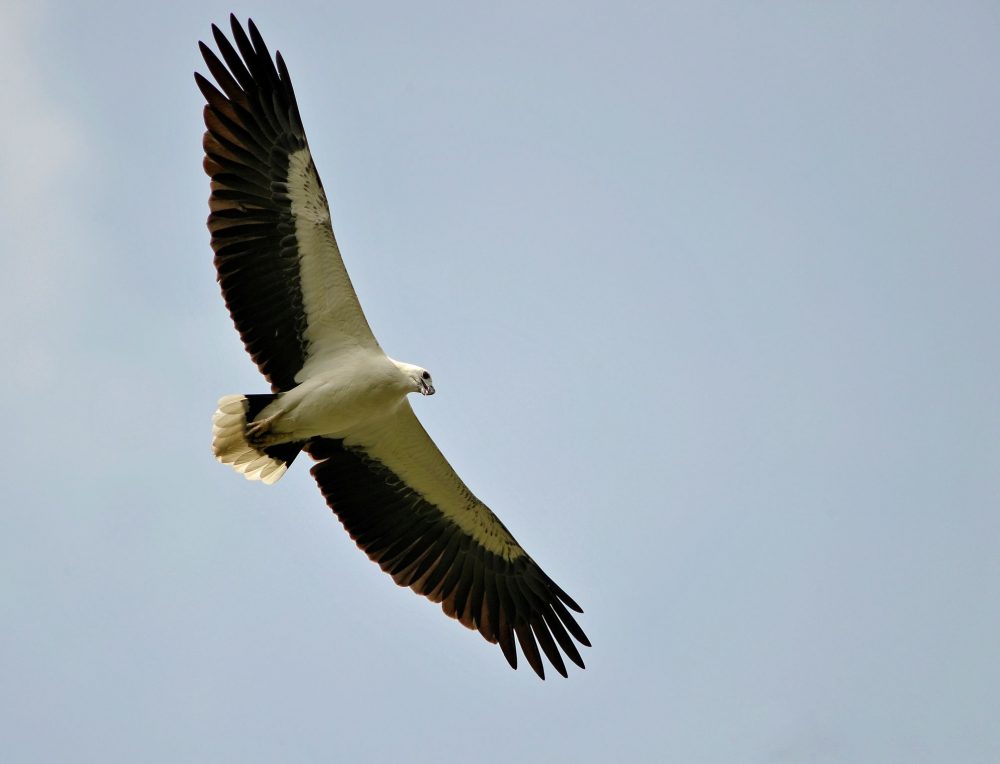 Photo by Mendis Tan for NParks Flora Fauna Web.
Photo by Mendis Tan for NParks Flora Fauna Web.
Fiddler crab
Along the coast, you may spot these tiny creatures on sandy terrain during low tides.
The Fiddler crabs are common on our natural undisturbed shores, especially those near mangroves.
They are highly sensitive to movement and will quickly vanish if they feel footsteps on the sand or see shadows.
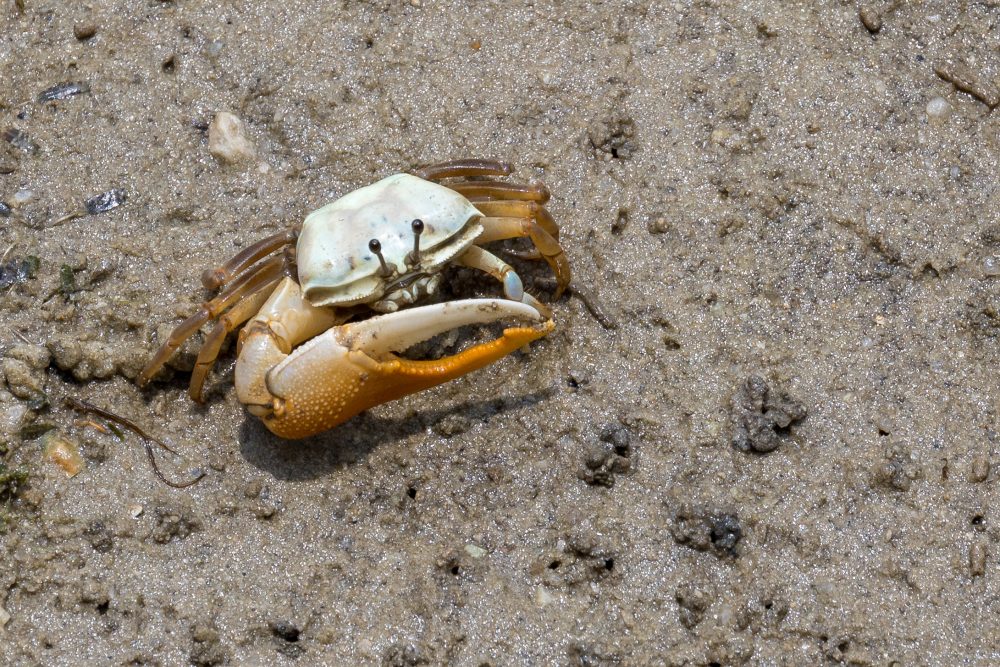 Photo by NParks.
Photo by NParks.
Smooth-coated otter
The otters need no introduction.
A few individuals or families are living along the eastern route. You may spot them along the Singapore River, Sengkang Riverside Park, Rower's Bay, and Changi Bay Point.
If you encounter them, don't get too excited and remember to keep a safe distance from them.
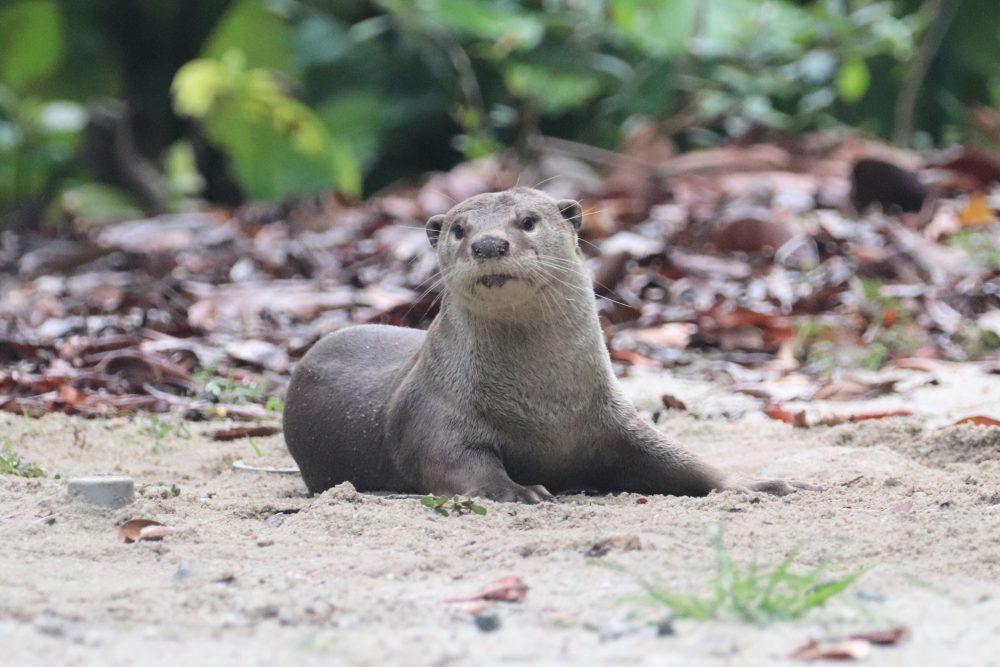 Photo by NParks.
Photo by NParks.
Around 5,100 trees and shrubs have been planted along this stretch of Round Island Route, including rare, native tree species.
They include:
- Sepetir, a critically endangered tree species in Singapore that can grow up to 30m tall with a massive crown.
- Penaga Laut, a native coastal tree that occurs locally in Pulau Seletar and Pulau Ubin. There are records of bats feeding on the fruits and dispersing the seeds.
- Seashore Mangosteen, an endangered species that has flowers pollinated by insects and fruits eaten by small mammals. There is currently one Seashore Mangosteen Heritage Tree found in Sentosa.
- Small-leaved Nutmeg, a critically endangered species in Singapore that has globular fruits with thin skin. When ripe, the fruits split to reveal rose-red flesh covering a single seed. The Oriental Pied Hornbill loves these fruits.
Besides adding more greenery to the recreational route, these foliages provide a source of food and shelter to our wildlife as well.
Top image via NParks and by Kow Zi Shan
If you like what you read, follow us on Facebook, Instagram, Twitter and Telegram to get the latest updates.
